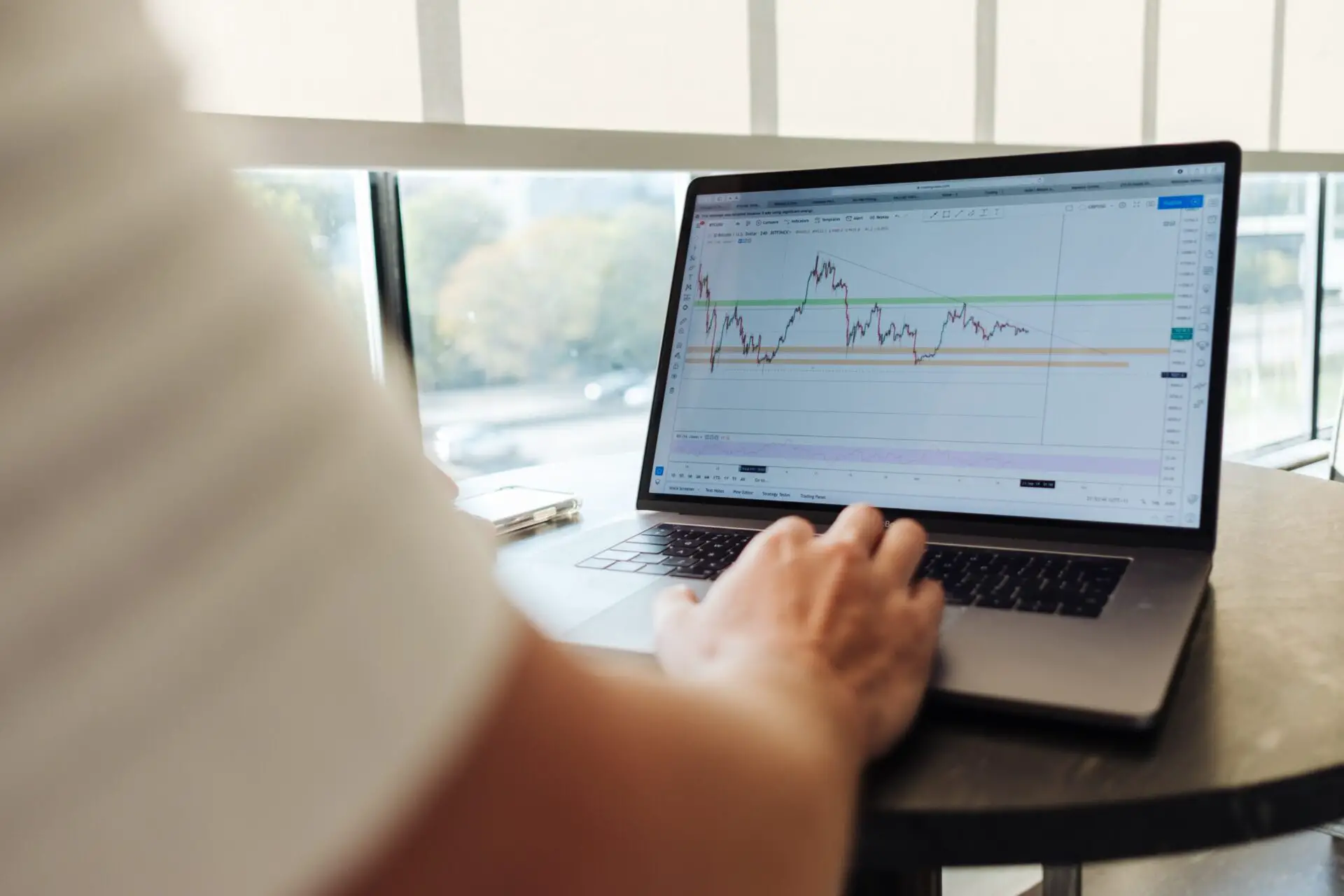Scalping is a fast and risky trading style. It involves executing several trades within a short timeframe. Scalping offers many advantages as it does not depend a lot on external market factors. It can be adopted for any directional price movement.
Definition of scalping
Scalping is a trading style where traders profit from small price movements of an asset. Scalping is a form of day trading with a relatively shorter trading timeframe. Traders involved in scalping are called “scalpers”.
Scalpers are involved in several trades, sometimes a few hundred in a single trading day. They enter and exit these trades quickly, often within a few seconds.
How Does Scalping Work?
Scalpers look for small profits from several trades. However, this trading style is very risky as one large loss can result in a significant net loss within a single trading day.
Scalpers aim to earn profits from large volumes of traders with small margins rather than making large profits from small volumes. Scalpers can go long or short, depending on where they think the price will go. It means they buy or sell a large number of stocks and then sell (or buy) the stocks quickly.
The aim is to make short and quick profits through several trades accumulating sufficient profits collectively. A key feature of scalping is to execute the trade order with precision. Scalpers need to enter and exit the trades when their target prices are met.
Scalping Strategies
Scalpers need to focus on very small price movements on either side. They can go long or short. They need to utilize real-time analysis and see the price movements as early as possible.
Scalpers can utilize ticks, one-minute, or five-minute charts to assess real-time price movements.
They also use technical indicators frequently. Since they need to plan their trades around trend break-outs or range bounds. They can also utilize charting trends like cups, triangles, and handles.
Some of the commonly used scalping strategies include:
- Stochastic oscillators
- Moving average convergence divergence (MACD)
- Relative Strength Indicator (RSI)
- Parabolic SAR strategy
Prerequisites for Scalping
Scalping is a risky day trading strategy. Beginners must understand the risks involved. Here are a few prerequisites:
Technical Analysis
Scalping relies on technical analysis. It involves executing quick trading strategies with precision and within a short time frame. It involves reading charts and applying technical analysis in order to determine where the price will move next.
Risk Tolerance
Since it involves multiple trades in a single trading day, it involves high risks. Investors must possess high-risk tolerance and risk capacity to adopt scalping as their go-to trading strategy.
Scalpers must also follow price movements and indicators closely. Thus, it requires great discipline to follow the strategy at all times.
Timeframe
Unlike other day trading strategies, scalping involves executing several trades within a short timeframe. Thus, it does not allow investors to hold trading positions for long.
Long-term investors can use scalping as a supplementary trading strategy. However, it is suitable as a primary trading strategy for traders looking for quick gains within a short timeframe only.
Volume and liquidity
Scalping may involve buying and selling stocks (or other assets) repeatedly. A large number of transactions result in high volumes of trades as well. Thus, scalpers should carefully analyze their trading options that possess liquidity.
Trading Costs
Frequent trades also mean more trading commission and costs. Therefore, scalpers should carefully account for their profit margins before adopting scalping.
Advantages
It can provide traders with quick profits. It fully utilizes technical indicators that means the process can be automated as well.
Scalpers can use margin to their advantage to increase their profits. Also, scalpers have access to more opportunities as they can leverage small price movements to their benefit.
Scalping can be utilized for long and short trading. Scalpers also do not need to worry much about the market risks. Therefore, scalpers need to follow strict exit strategies and time their trades perfectly to maximize their profits.
Disadvantages
Scalping requires a high-risk tolerance. It involves several trades in a short period of time, which increases trading costs.
Also, scalpers need to rely on margin accounts. It puts their investments at more risk. Although traders execute several trades within a day, it can be time-consuming to reach sufficient profit levels every single day.
Image source: Unsplash

